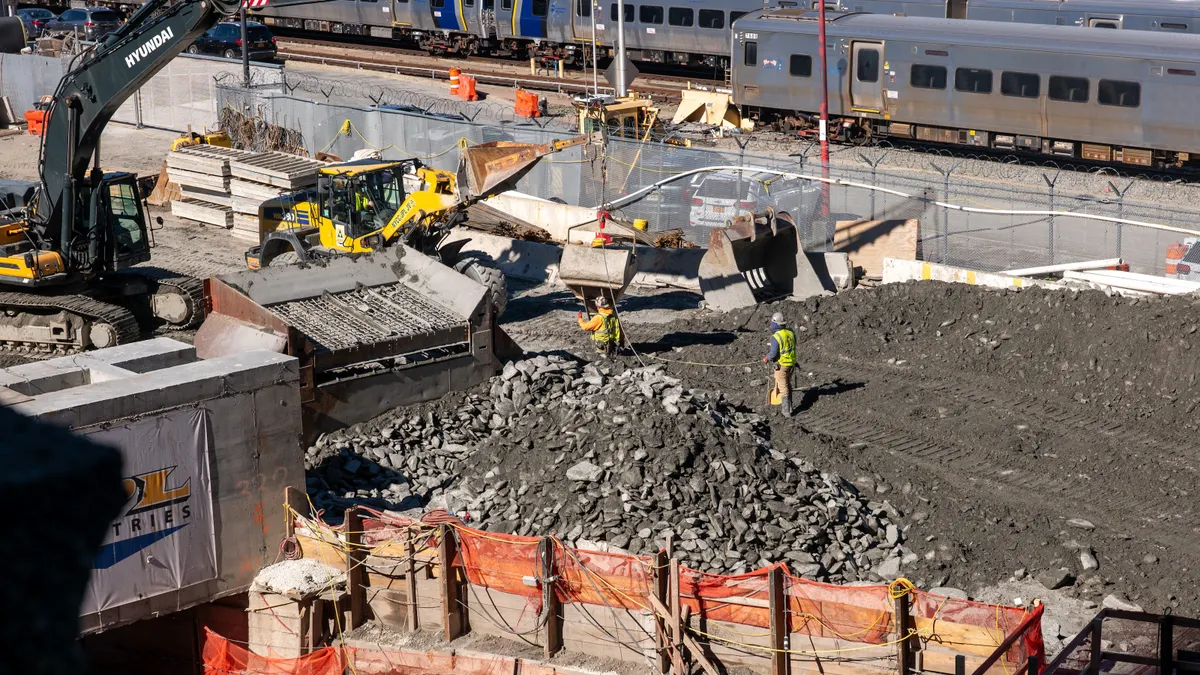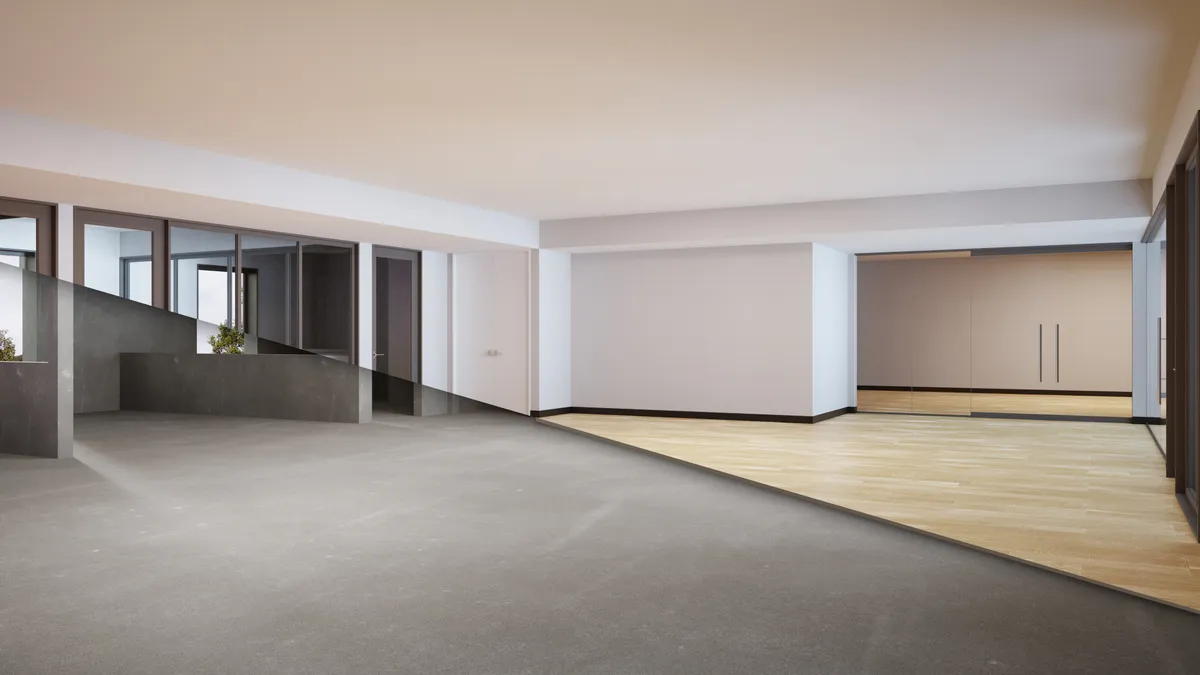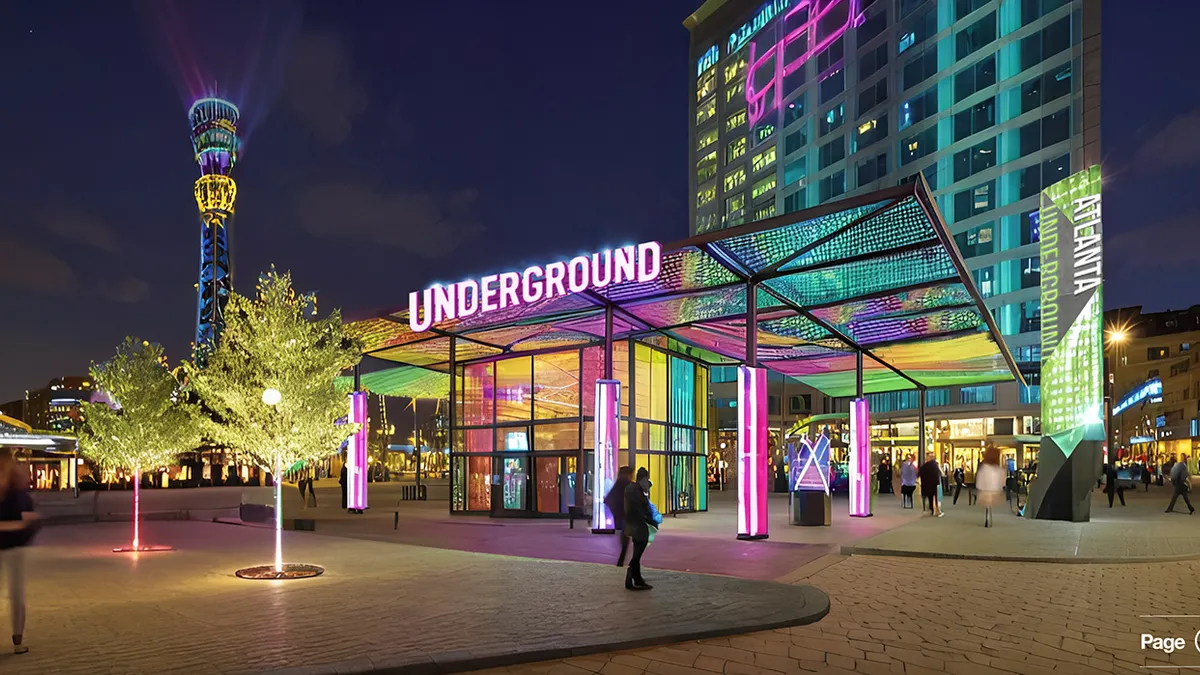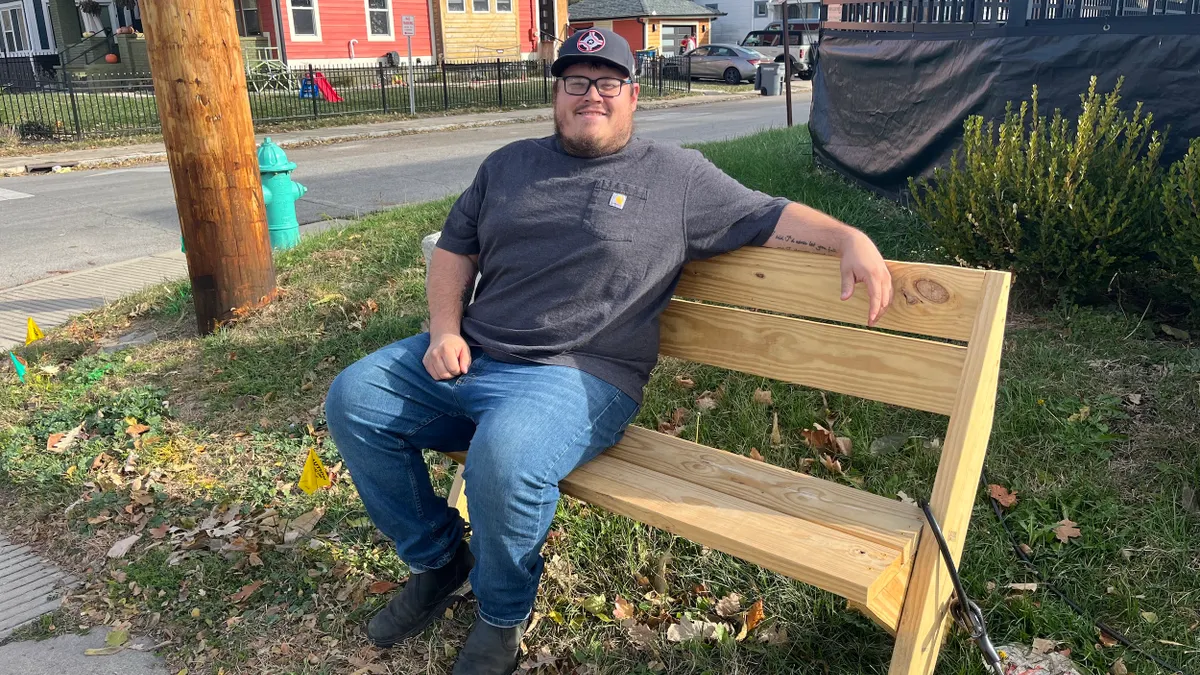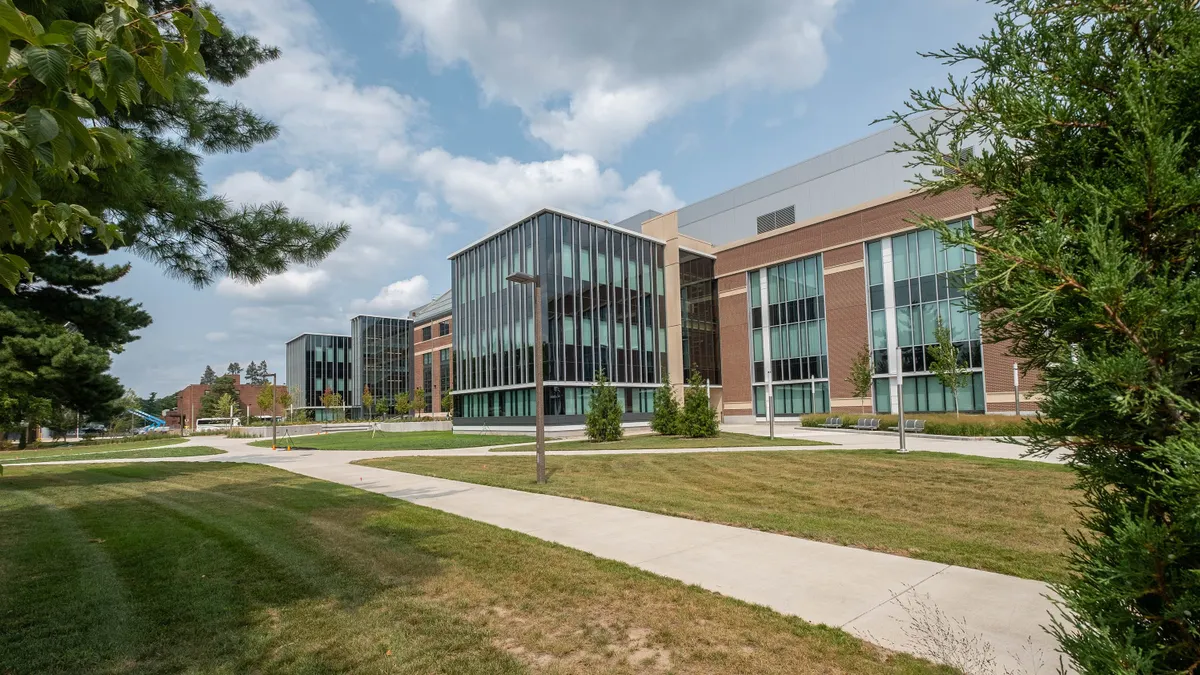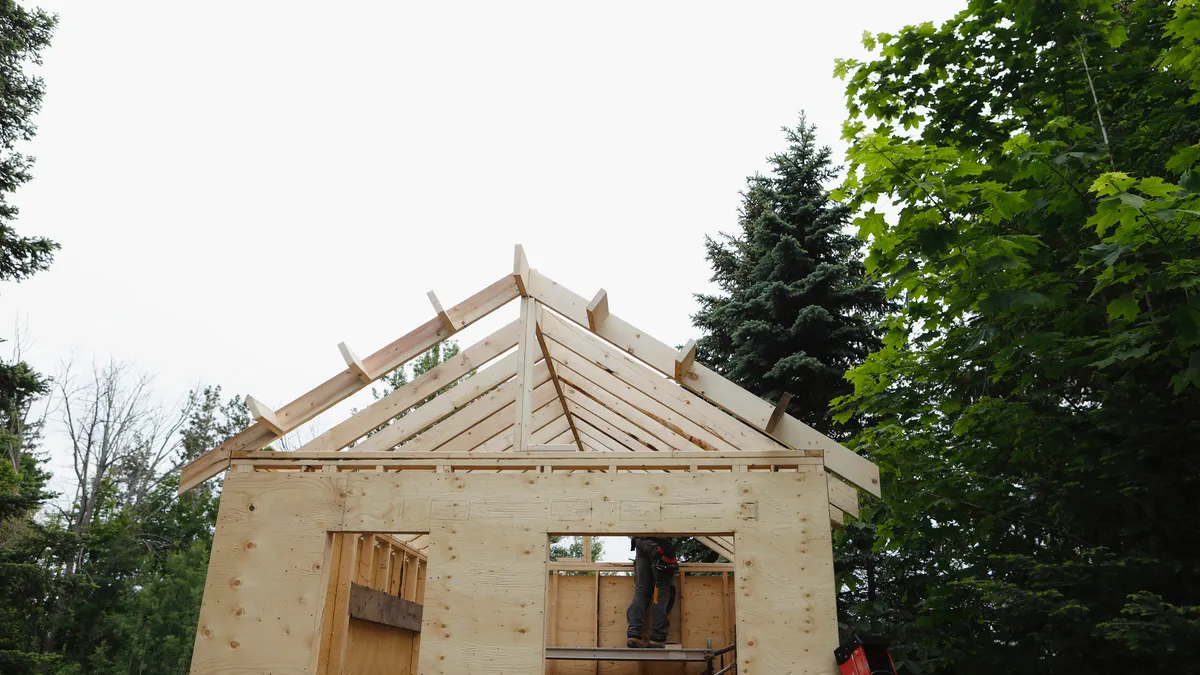Co-location: It's not just for sharing small living quarters or office spaces. Now, cities are increasing efficiencies and benefiting communities by co-locating publicly-owned facilities that offer citizen-facing services.
Innovating and securing project funding rank as two top issues cities contend with when trying to provide the best amenities to residents. But Chicago found ways to be innovative both in the design and funding of three new city-owned facilities that serve as both libraries and public housing.
The city had been exploring co-located libraries for several years, previously having opened a library co-located with a high school complex. But this is the first time the city has co-located a library with public housing, and they are among the first such urban facilities in the country, following in the footsteps of cities like Los Angeles.
Two of the three mixed-use developments opened their libraries last month, with the public housing portions expected to follow in the coming weeks. The third co-located facility is slated to open later this year. Public housing at two of the structures is reserved for seniors.
"We're generally looking at creative ways that we can provide a community benefit and better integrate the benefit into the neighborhood and with the other institutions in that community," Chicago Public Library (CPL) Commissioner and CEO Brian Bannon told Smart Cities Dive.
Reaping the rewards
While some Chicago residents originally had reservations about bringing public housing to their community, hesitation about the project has since calmed. Urban Land Magazine explains that co-locating municipal facilities really started gaining popularity over the past decade. If executed correctly, the facilities cost less to construct and operate than separate, standalone buildings.
Independent entities sharing a single structure occupy a smaller space than they would separately because of the conservation of redundant space and resources including lobbies, elevators, mechanical rooms, offices, meeting rooms and parking lots. Efficiencies are further boosted through sharing utility and maintenance costs. Facilities with a smaller footprint and less resource consumption also create a lower environmental impact.
While cities stand to gain benefits through co-location, the main focus remains on the benefits to citizens, municipal leaders say. Chicago’s library and public housing projects are touted as a way to bring together citizens and build community.
"You have to remember that back 20 years ago, public housing always built their own entities, their own silos. They had their own gymnasiums, their own swimming pools," Chicago Housing Authority (CHA) CEO Eugene Jones told Smart Cities Dive. Nobody from outside the public housing facility could use the extra resources, "nor did the public housing residents want to go into the surrounding neighborhood. We said we don't want to do silos anymore," he said.
Co-located facilities have safety benefits, especially for children, seniors and individuals with disabilities or mobility restrictions. People can more easily and safely travel short distances to reach different destinations within one facility rather than facing potentially dangerous or strenuous external conditions such as inclement weather, crime or the need to find transportation to a different facility.
In Chicago’s co-located libraries with senior housing, “our seniors can come down and don’t have to go outside. It’s a nice community center so they can have meetings and… the grandkids can see where they live and take advantage of the library,” Jones said. "We could have easily just built a library somewhere else on our property and called it a day, but I think this provides a community benefit."
The collaborating parties also intentionally incorporated the community benefit of artistic design. The city held a competition and chose three winning architectural firms — one for each co-location project — from the 32 that submitted proposals. Key judging criteria included design sustainability and the quality and context of the architecture relative to each site. Design development included community input.
"A number of years ago we moved away from this concept of recreating the same building across the city, called a prototype library, where you design it once and create a cookie cutter and put it across the city. We’re trying to get world class architects to build unique architecture in neighborhoods that is reflective of the neighborhood," CPL's Bannon said. "We’re getting these really beautiful, stunning pieces of architecture scaled for the neighborhood."
Similarly, the design competition set out to remedy the perception that public housing isn't an aesthetically pleasing neighborhood addition.
"We have world renowned architects that designed these buildings. They're not an eyesore in the community, but part of the community. That’s what is so unique," CHA's Jones said. "But also we're building in areas that have not had any new construction... where they are lacking a library or community space. That's something we thought would be innovative and well-received."
From idea to action
CHA and CPL first came together because both needed new facilities and large portions of their individual missions overlapped.
"When you look at public housing, one of the goals is not only to bring housing into a neighborhood, but also to better integrate that with the residents of the neighborhood," Bannon said. "We found lot of crossover in what [Chicago Public Library is] trying to achieve in the community."
One of the most noteworthy innovative aspects about the co-location projects is how the entities collaborated on funding. CPL had no available capital and didn't even own property in one of the neighborhoods where it wished to build a new library; it leased space at a strip mall there, which burned down a few years ago. But the Chicago Housing Authority managed to access federal funding through the U.S. Department of Housing and Urban Development (HUD) that both municipal entities leveraged for the joint projects.
"We had to do a convincing story that this was a great partnership with the libraries to build something unique and innovative that can be replicated all over the country," Jones said. "We did have to demonstrate to [HUD] that we had the community process and... here’s what the community asked for. That’s what we built. It's always community driven."
CHA is investigating other co-location possibilities for future housing projects. One idea that interests staff is housing that is co-located with a public transit hub to boost residents' mobility options. CPL is also working on additional co-location projects, including building a library in the Obama Presidential Center, slated to open in 2021.
Chicago leaders hope those in other cities look to their co-location projects as a model. Yet, they recommend using the example as a dynamic guide, not a firm set of rules.
“One size does not fit all. This may not work in their market,” Jones said. Cities will have the most success if they evaluate their unique needs and potential collaborative partners to determine “how you get the best bang for your buck,” he said.
"Look creatively at what organizations within your community share a mission with you," Bannon said. He notes that although collaboration with neighborhood organizations on programming is not a new concept for libraries, opportunities are arising for sharing physical resources through co-location. "See who’s got the resources on the table, and know that your mission brings a lot to the equation in terms of what you can bring the audience, space and programming. That's a real value."







